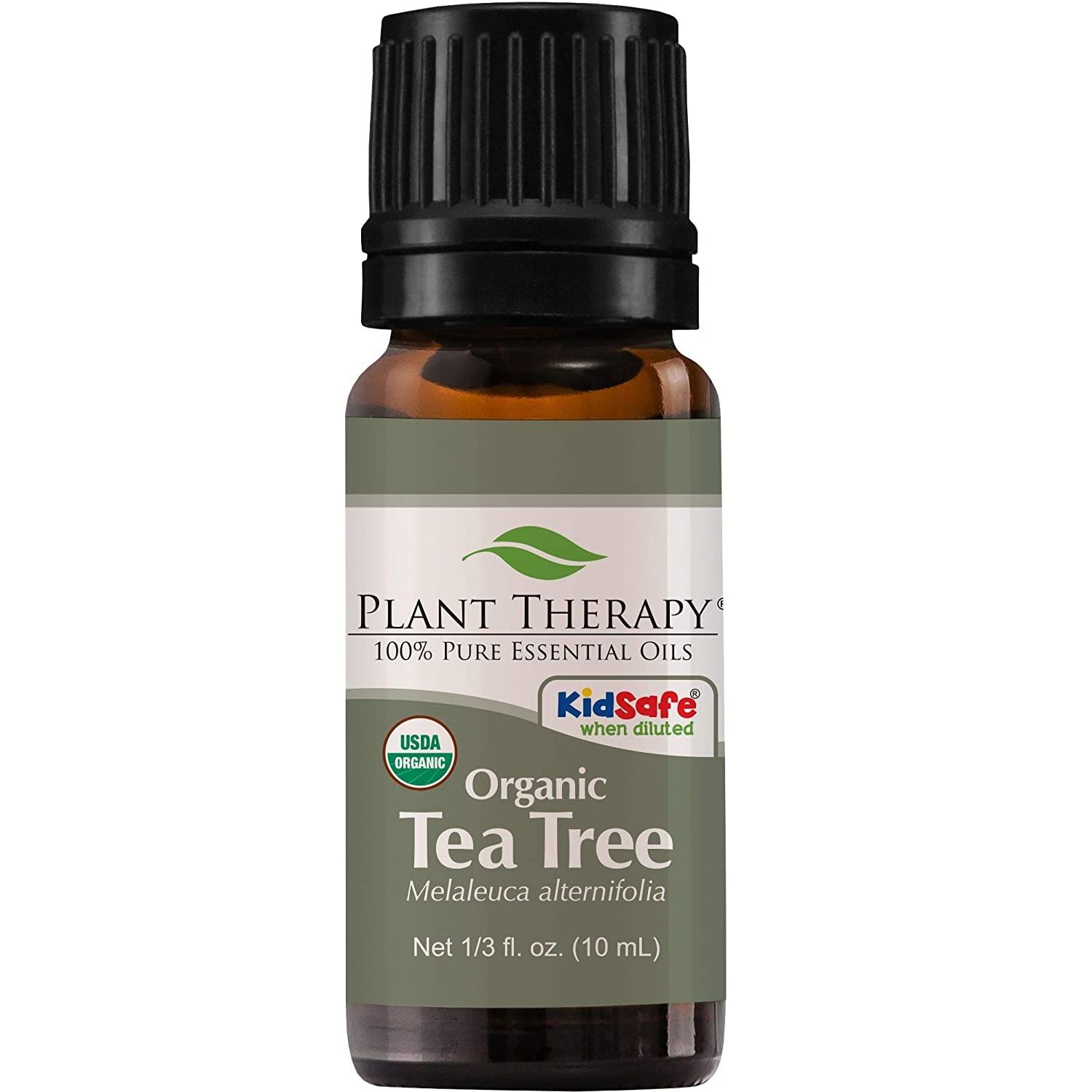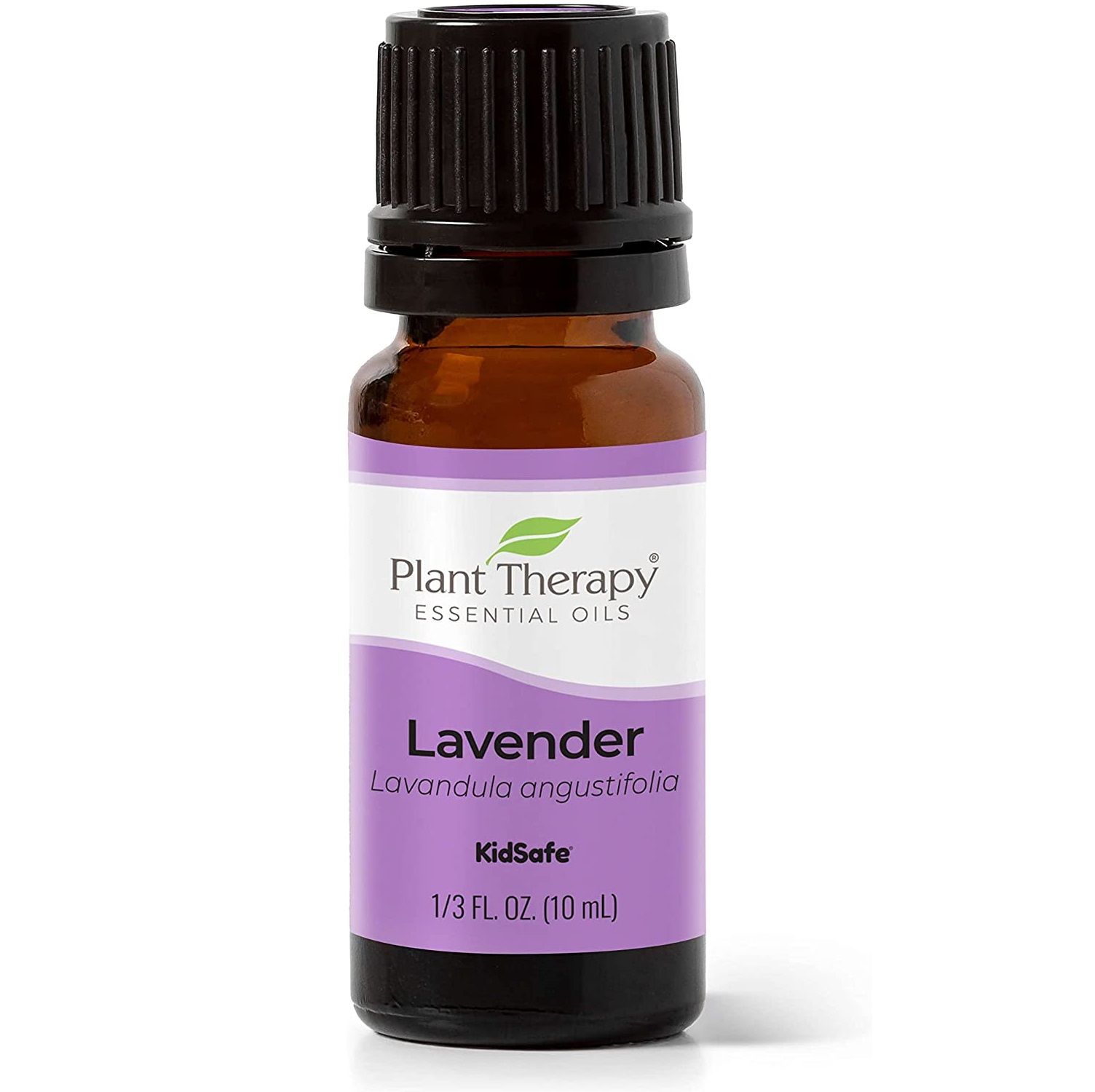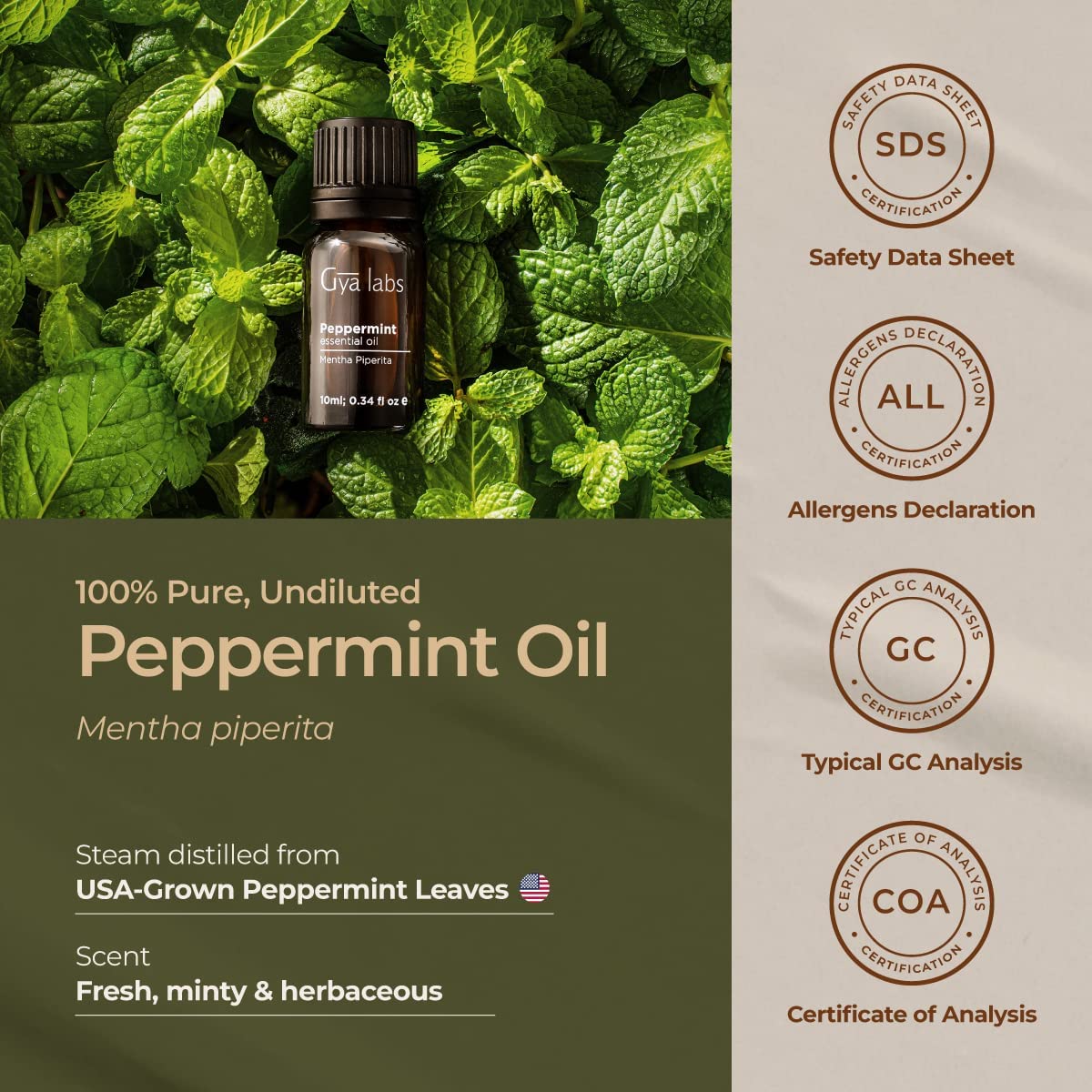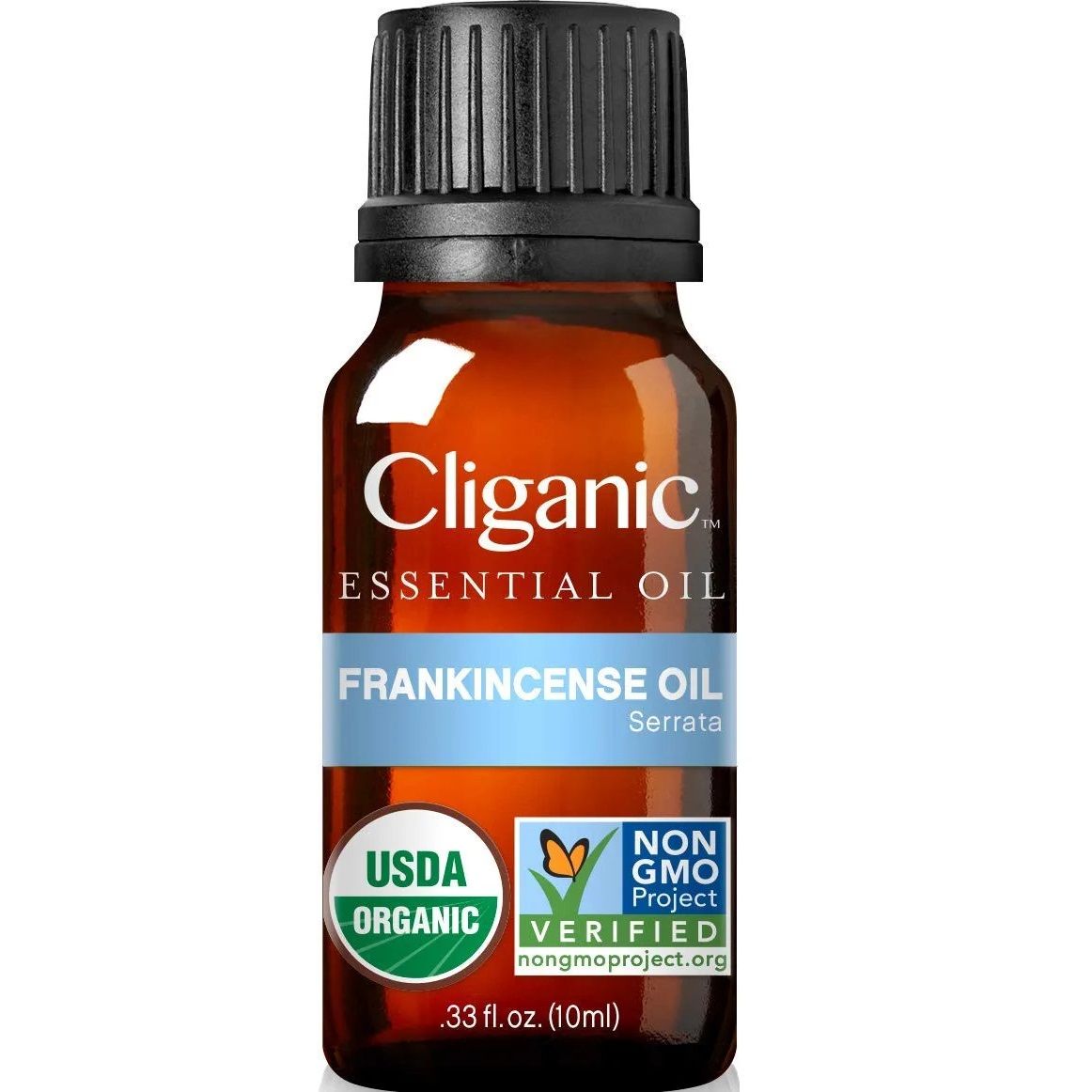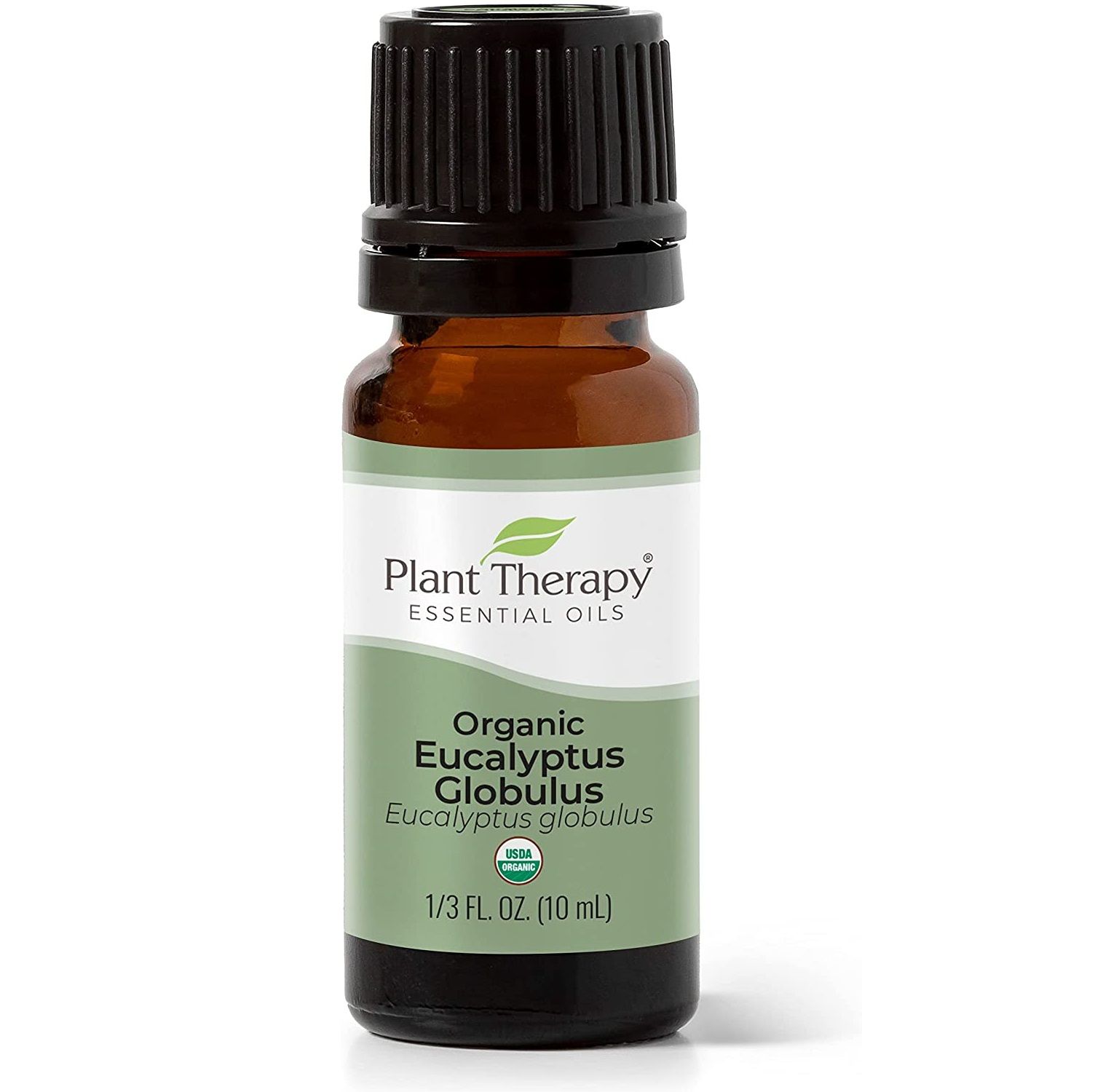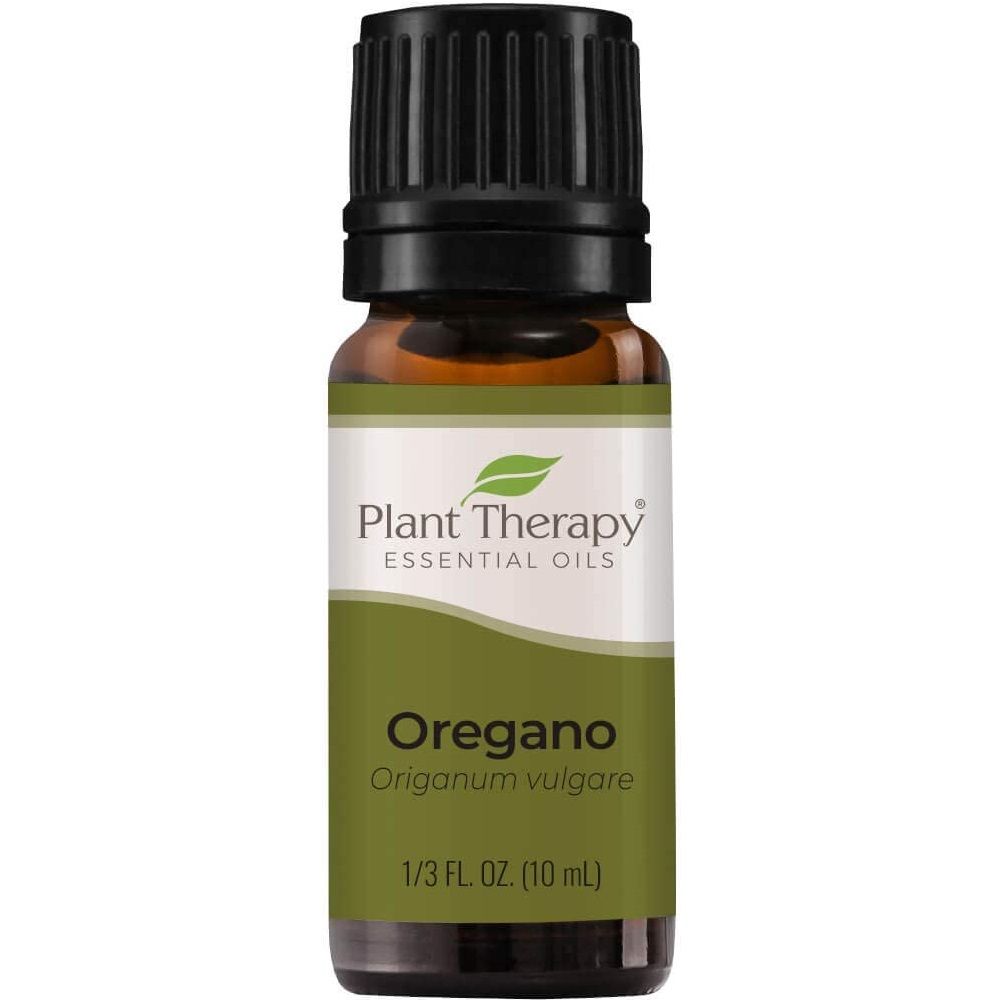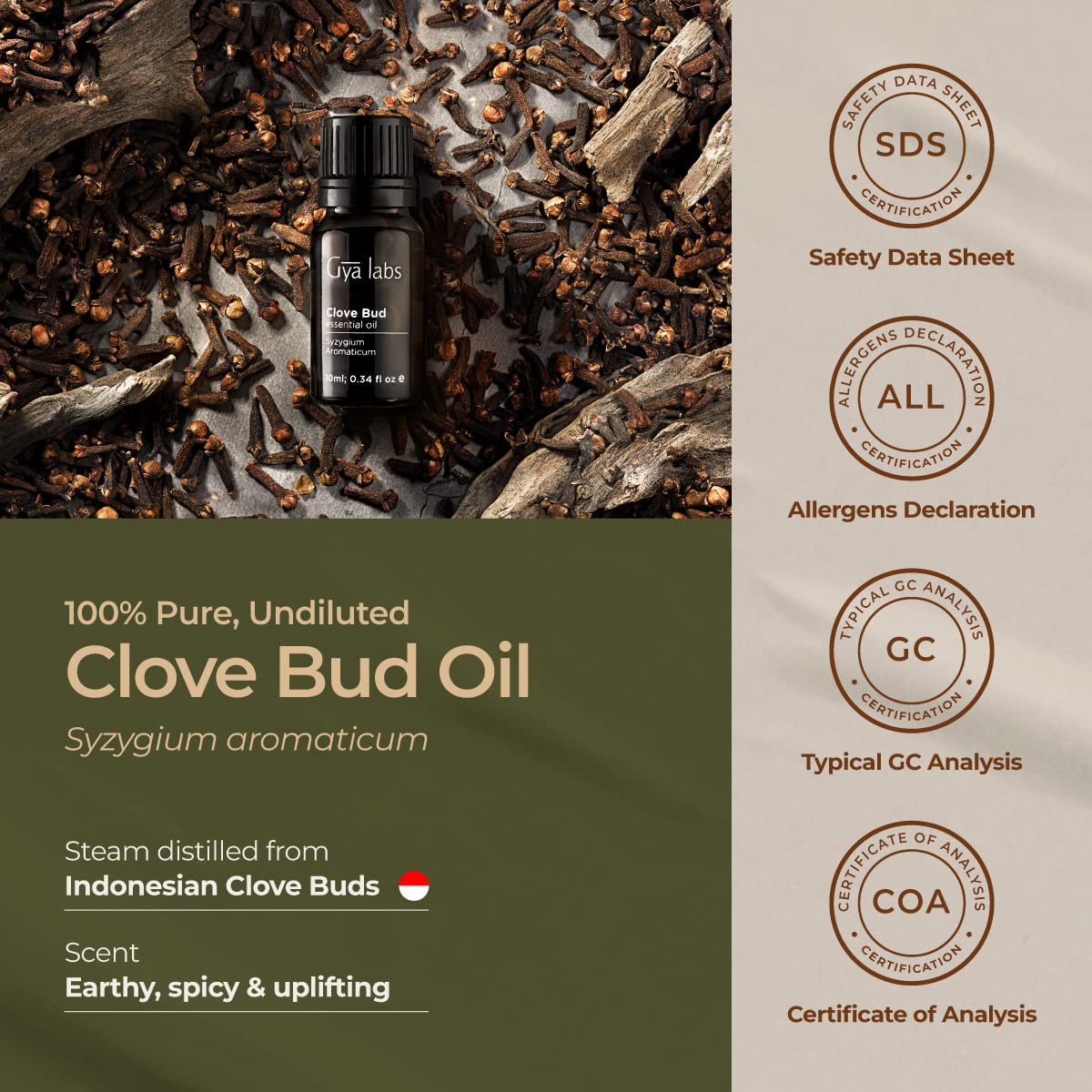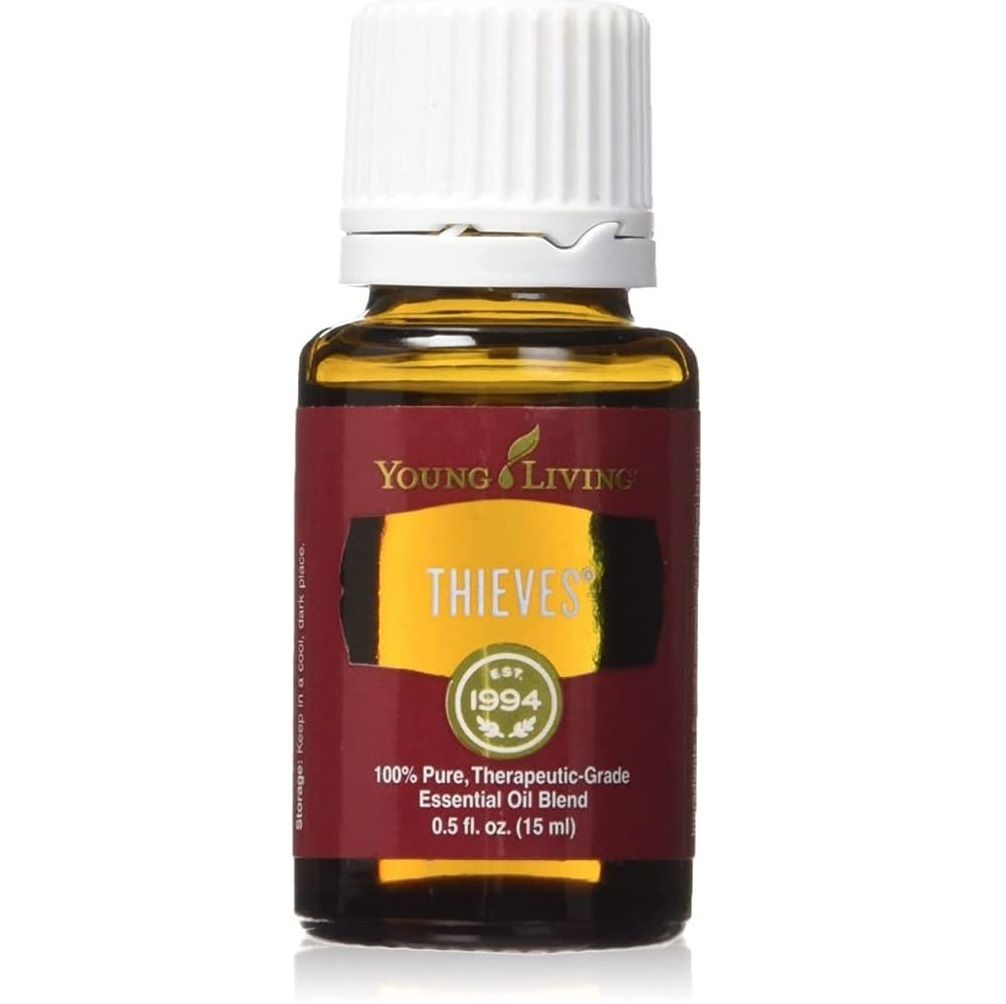Heal Ingrown Toenails with the Power of Essential Oils
Do you suffer from ingrown toenails? If so, you’re no doubt familiar with the vexing and sometimes even painful symptoms associated with this condition. But don’t worry – there is a natural solution! Essential oils can be a powerful ally in your battle against ingrown toenails, providing relief and improving overall foot health. In this blog post, we will take an in-depth look at the benefits of essential oils for managing ingrown toenails and provide guidance on safely using them topically at home. So if you're ready to tackle your ingrown toenail woes head-on, keep reading!
Use of Essential Oils to Treat Ingrown Toenails
An ingrown toenail is an uncomfortable medical condition caused by the corner or side of a toenail entering the flesh. This chronic problem may be caused by anything from improper nail trimming and tight-fitting shoes to genetic disposition and poor foot hygiene. Essential oils are a natural remedy to help heal this painful condition, as they are often antibacterial, antifungal, and antiseptic, capable of treating the related inflammation and infections associated with this condition. Leveraging essential oils for ingrown toenails can aid in providing safe, natural relief from these symptoms.
With so many essential oils to choose from, it can be difficult to know which to try to relieve pain. We reviewed hundreds of reviews on Amazon and identified the top 8 most effective essential oils for ingrown toenail relief and healing. Continue reading below to find the oil that most resonates with you, and consider trying the DIY recipes at the end of this post for faster relief!
We hope you find your favorite essential oils for healing your ingrown toenail from the list below! Each product was independently selected by our team. BiohackingBeat may collect a share of sales or other compensation from the links on this page if you decide to buy something (that's how we fund our research). Happy shopping!
Plant Therapy Tea Tree Essential Oil
Tea Tree Essential Oil is an incredible natural remedy, made from the leaves of the Australian tree. Its antiseptic properties inhibit the growth of bacteria and fungi. As such, many people use this oil topically to treat skin irritations such as acne or athlete's foot. It can be applied directly to the skin or used in a diffuser to purify the air. Additionally, Tea Tree Essential Oil has been found to have anti-inflammatory properties and can be used to soothe insect bites and stings. However, it should not be ingested orally due to its toxicity - using it topically is perfectly safe when done according to instructions.
Plant Therapy Organic Lavender Essential Oil
Lavender oil has been used for centuries as an all natural remedy for a variety of ailments. Its antibacterial and anti-fungal qualities make it a gentle yet effective solution to many problems. Additionally, research has shown that lavender oil is a potent inflammation fighter and can even reduce pain levels. Despite its mild nature, it's surprisingly powerful when it comes to preventing and treating infections, so consider incorporating lavender oil into your daily routine if you're looking to boost your health naturally.
Gya Labs Pure Peppermint Oil
Peppermint oil is increasingly being used to tackle problems with toenail fungus, as it contains menthol which helps reduce pain, and its strong antimicrobial properties do an impressive job of protecting the toenail from any further ailments or infections. It's a natural way to fight against this persistent issue, and its results have been nothing short of amazing. Peppermint oil is not only easy to apply but also relatively cheap compared to other treatments. Individuals suffering from such issues should definitely consider trying peppermint oil as a home remedy before resorting to drastic measures.
Cliganic USDA Organic Frankincense Essential Oil
Applying a single drop of pure frankincense to a freshly washed toe is a great way to get some immediate relief from the pain and discomfort caused by an ingrown toenail. Due to its powerful anti-inflammatory properties, this natural remedy can provide substantial lessening of the swelling and restore comfort to the affected area. Additionally, its gentle nature means that it does not require dilution or other carrier oil when applied in this way. Therefore, it provides an effective and convenient solution for anyone looking for quick relief from this common problem.
Plant Therapy Eucalyptus Globulus Essential Oil
Eucalyptus oil has been used for centuries as a natural healing remedy. It is derived from the leaves of various species of eucalyptus tree and is an extremely effective analgesic and anti-inflammatory agent. Its healing properties are well known to reduce pain from conditions such as arthritis, bursitis and tendonitis. Additionally, this oil boasts antimicrobial activity, and a number of studies have proven its effectiveness in treating skin infections due to its presence of antiviral, antifungal, and antibacterial components. Furthermore, eucalyptus oil can be applied topically on ingrown toenails as well to reduce inflammation and stop infection from spreading. Overall, despite its invigorating aroma, eucalyptus oil has outstanding features that make it incredibly beneficial when used medicinally.
Plant Therapy Organic Oregano Essential Oil
Oregano essential oil offers various benefits related to improved physical health and well-being. It not only acts as an antibacterial and antiseptic agent, but it also works as a palliative agent. Its antiseptic properties directly combat the germs that linger around the ingrown toenail, while its palliative agents quickly get rid of the pain. By topical application of oregano essential oil into or around the affected areas, users can experience its many therapeutic effects. In addition to using oregano essential oil for healing ingrown toenails, it can also be used on rashes, bites, cuts, and boils for its antibacterial and antiseptic benefits. It is easy to use and cost-effective alternative for those looking to avoid medication or medical treatment when dealing with minor medical issues.
Gya Labs Clove Oil
Clove essential oil has been proven to provide relief from the pain caused by ingrown toenails. It contains anti-inflammatory and tissue remodeling abilities. Clove oil is also known for its antibacterial properties, which can help prevent the further spread of infections in case an ingrown toenail was due to a bacterial or fungal infection. If you’re looking for a natural way to provide relief from pain and inflammation, consider using clove essential oil.
Thieves Essential Oil Blend by Young Living
Thieves essential oil is a blend of five different essential oils, namely, cinnamon, clove, eucalyptus, lemon and rosemary. Rich in anti-inflammatory, antimicrobial and cytotoxicity properties, each of these essential oils bring something unique to the blend. A study published in 2010 indicated that eucalyptus oil and clove oil were able to help inhibit COX-2, an enzyme responsible for pain and inflammation in the body [1]. The study on rosemary oil confirmed its anti-inflammatory effects on experimental animal models. Thanks to this unique blend, thieves oil can be used regularly to reduce the pain resulting from ingrown toenails while being able to prevent future infection. Clove essential oil specifically is initially derived from the dried flower buds of the clove plant (Eugenia caryophyllata) and has been known for its anti-inflammatory properties as well as its ability to aid with tissue remodeling based on a 2017 study [2].
Essential Oils for Ingrown Toenail FAQs
What causes ingrown toenails?
An ingrown toenail develops when the toenail grows into the skin and it becomes jammed into the skin of the toe. This is often due to incorrect trimming of the nails, tight shoes, or a genetic predisposition.
Ingrown nails can be painful and lead to infection if not treated properly. Treatment typically involves keeping the feet clean and dry, filing down the ingrown nail edge, and using a topical antibiotic ointment if there is an infection. In some cases, surgery may be required to remove part or all of the ingrown nail.
What are the symptoms of ingrown toenails?
Ingrown toenails can be very painful and often cause swelling and redness. Some other common ingrown toenail symptoms include:
- a feeling of warmth or burning around the toenail
- pus drainage from under the nail
- pain when wearing shoes or socks
- throbbing or soreness in the toe
Will an ingrown toenail eventually grow out?
Yes, it will eventually grow out on its own. However, if the ingrown toenail is causing pain or discomfort, there are several treatments that can be done to help relieve the symptoms.
One treatment option is to soak the foot in warm salt water for about 15 minutes a few times a day. This can help soften up the nail and make it easier to remove the pieces of skin that are caught under the nail. Another option is to apply a topical cream or ointment that contains corticosteroids. This will help reduce inflammation and swelling. If neither of these treatments provide relief, then surgery may be necessary to remove the ingrown nail. An infection in the nail bed that infiltrates the bone can cause serious issues. An ingrown toenail can get infected and later infect the bone underneath, causing a serious bone infection.
How can essential oils be used to treat ingrown toenails?
Essential oils can be applied topically to the affected area or added to a warm bath. It is important to dilute essential oils before use, as they can be potent. A few drops of essential oil diluted in a carrier oil, such as almond oil or coconut oil, can be applied directly to the affected area. The oils can also be added to a warm bathtub and used as a soak.
What are some safety tips for using essential oils?
When using essential oils topically, it is important to remember a few key things. First, always dilute essential oils with a carrier oil before applying them to your skin. This is especially important for those with sensitive skin. A good rule of thumb is to use one drop of essential oil for every two tablespoons of carrier oil. You can also add essential oils to your bathtub by adding a few drops to your bath water. Be sure to test the temperature of the water before adding the essential oils, as they can be hot!
How can you prevent an ingrown toenail?
Ingrown toenails can be a common and extremely painful problem, especially if they become infected. While they can often be prevented with a few simple precautions, they can still occur even if you take all the necessary precautions. If you do develop an ingrown toenail, there are a few things you can do to help alleviate the pain and speed up the healing process.
One of the best ways to prevent ingrown toenails is to keep your feet clean and dry. Make sure to dry your feet thoroughly after bathing or swimming, and be sure to use a good quality foot powder to keep your feet dry. You should also avoid wearing socks and shoes, which can cause your toes to become compressed and can contribute to the development of ingrown nails.
If you do develop an ingrown nail, you can help relieve the pain and speed up the healing process by soaking your foot in warm water mixed with Epsom salts. You can also gently massage the area around the ingrown nail with a light circular motion. If the nail becomes infected, you may need to see a doctor for antibiotics treatment.
DIY Essential Oil Blends
Essential Oil Ointment
Ingredients:
- 4 drops tea tree oil
- 1 drop oregano oil
- 4 drops eucalyptus oil
- 4 drops lavender oil
- 2 drops peppermint oil
- 2 oz aloe vera gel
- 2 oz coconut oil
Directions:
- Place all ingredients in a small glass jar
- Stir the mixture until well-blended.
- Clean and rinse the toe, and apply the ointment on the affected area after you push back the swollen skin carefully.
- If possible, allow the toe to air dry. Otherwise, loosely bandage the toe.
- Repeat this procedure 2-3 times a day.
Essential Oil Foot Bath
Ingredients:
- Any of the essential oils mentioned in this post that resonate with you!
- Epsom salt, baking soda, or lemon juice
- Bowl large enough to soak your feet in
Directions:
- Fill the bowl with warm water.
- Add 7-9 drops of any of the essential oils mentioned in this post (either alone or combined).
- Add 2 tbsp of either Epsom salt, baking soda or lemon juice to the bowl.
- Soak your feet in the bowl for up to 30 minutes
- Dry your feet with a clean towel
- For optimum results, repeat this procedure 2x daily
Final Thoughts
We hope our review has armed you with the information you need to select your favorite essential oils to provide relief from your ingrown toenail! Tap the product links above to check prices and find the best essential oil for you. We hope you feel better, and thanks for reading!
Citations
[1] Hotta M, Nakata R, Katsukawa M, Hori K, Takahashi S, Inoue H. Carvacrol, a component of thyme oil, activates PPARalpha and gamma and suppresses COX-2 expression. J Lipid Res. 2010 Jan;51(1):132-9. doi: 10.1194/jlr.M900255-JLR200. PMID: 19578162; PMCID: PMC2789773.
[2] Takaki I, Bersani-Amado LE, Vendruscolo A, Sartoretto SM, Diniz SP, Bersani-Amado CA, Cuman RK. Anti-inflammatory and antinociceptive effects of Rosmarinus officinalis L. essential oil in experimental animal models. J Med Food. 2008 Dec;11(4):741-6. doi: 10.1089/jmf.2007.0524. PMID: 19053868.


